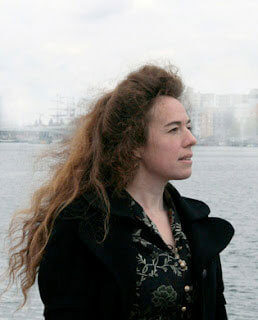Carla van de Puttelaar is a graduate of the Gerrit Rietveld Academy in Amsterdam. Her work has been exhibited in Belgium, France, Germany, Hungary, Italy, Korea, The Netherlands, Spain, Sweden, Switzerland, United Kingdom and the United States. In 2002 she won the Basic Prize Prix de Rome. Collections holding Puttelaar's work include the Maison Européenne de la Photographie (France), Museum Winterhur (Switzerland), Huis Marseille Museum voor Fotografie (The Netherlands), Dutch Ministry of Foreign Affairs (The Netherlands), the Caldic Collection (The Netherlands) and many private collections. She has had her work published in numerous press publications, with four monographs published (2004, 2008 (twice) and 2011).
Represented by:Danzinger GalleryPhoto EyeBox GalerieKahmann Gallery Galerie Esther Woerdehoff